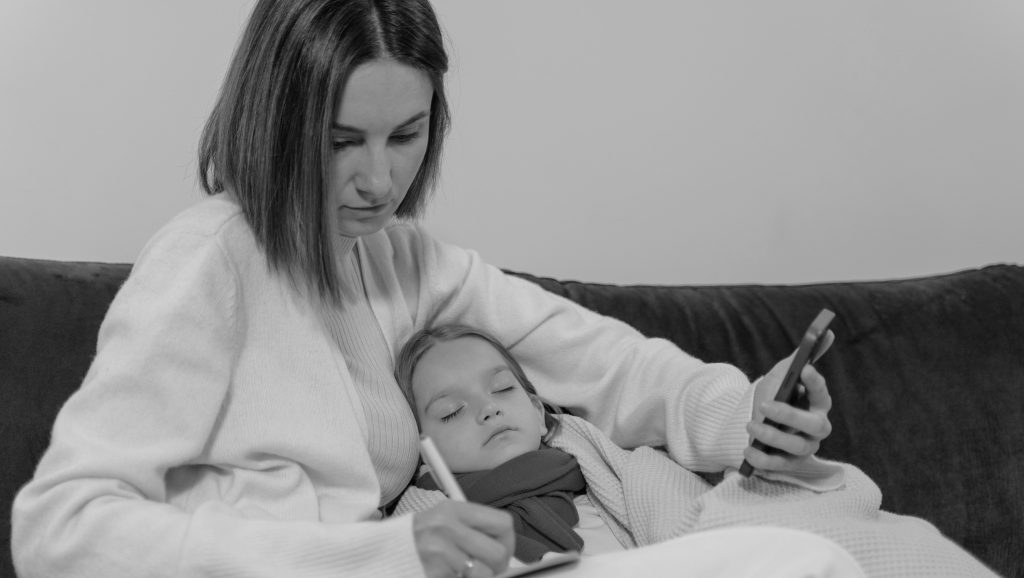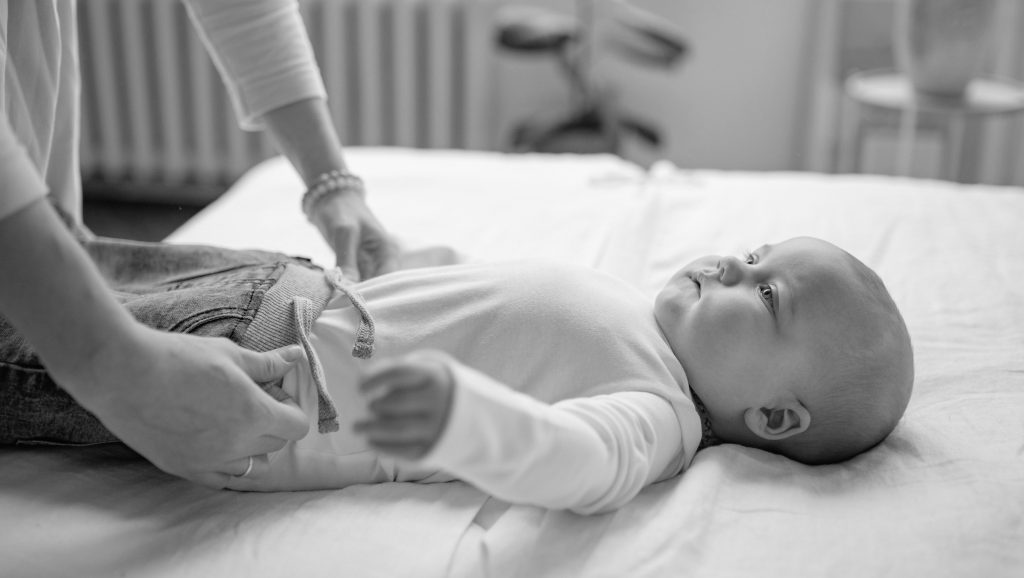Is it just a cold or something more serious? As a parent it’s important to know when to call for help and what the ‘red alert’ danger signs are for babies and young children. Get help quickly from a doctor if your baby or young child shows any of the signs listed below and learn CPR to be prepared for emergencies.
Seek urgent medical help if:
1. If your baby or young child: cannot be woken or is responding less than usual to what is going on around them; has glazed eyes and is not focusing on anything; seems more floppy, drowsy or less alert than usual; has a convulsion or fit; has an unusual cry (high pitched, weak or continuous) for one hour or more; has severe abdominal pain; has a bulge in the groin that gets bigger with crying.
2. If they feel too cold or hot (temperature below 35ºC or above 38ºC). Note a normal body temperature should be between 36.5-37.5ºC.
3. If their skin is much paler than usual or suddenly goes very white; if their nails are blue, or their big toe is completely white or mottled; if colour does not return to the toe within three seconds of a squeeze or if a blue colour develops around the mouth.
4. If a rash develops with reddish-purple spots or bruises. It’s especially important if the spots or bruises don’t disappear when you press a glass onto them.
5. If your baby struggles to breathe or stops breathing; or if they breathe more quickly than normal, grunt or wheeze when breathing out.
6. If they have vomited up at least half the feed (food or milk) after each of the last three feeds.
7. If their vomit is green.
8. If they have both vomiting and diarrhea.
9. If your baby has drunk less fluid and has fewer wet nappies or visits to the toilet than usual.
10. If they have blood in their poo.
Top Tips
1. Save a video of your little one breathing without a top on, whilst they are calm and well. Use this to compare and look back on when they are unwell, to see any signs of them struggling to breath. Signs your child is working harder to breathe include sucking in at the ribs or the collar bone at the center of the throat. Example here
2. For babies over the age of one, use honey to soothe a cough. Never use cough medicine in children under the age of 6, these can do more harm than good by causing life threatening allergic reactions. For more info visit Healthify or Kidshealth
Viral infections
It is normal for your child to suffer on average from 6-12 viral infections per year. It can seem a lot, but this is normal.
Remember you know your child best, if you are worried, seek help from a health care professional. Even though it is normal for your child to have a viral sickness up to once a month, keep an eye on red flags such as the severity of each illness or if your child is having the same recurring illness such as bronchitis. Trust your instincts and advocate for your child.
Support your child’s immune system by:
- Eating a varied diet high in fruit and vegetables.
- Sleep – it may not always be easy, but we know sleep supports our immune system.
- Immunisations – keep up to date with your child’s immunisations, and remember there are additional immunisations you can consider for you child like the flu vaccination.
- Hand washing regularly is important to stop the spread of germs.
Stock up your first aid kit with pain relief, saline spray or drops for blocked noses, and a digital thermometer.
It can be helpful to track your child’s symptoms in case they deteriorate quickly and you need to talk to a healthcare professional. Having notes to refer to when asked is helpful in stressful situations. Keep an eye on fluids and wet nappies, temperature, when they last had pain relief and how much, and any other symptoms you may have noticed.
Helpful resources
The Ministry of Health have a great guide on Baby and child sickness – danger signs. as well as a guide to fever in children.
Plunket shares how to care for your sick child and when to take them to a doctor.
Kidshealth also shares some helpful information about fever and what it is and when to worry.


